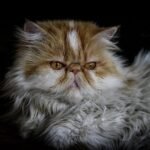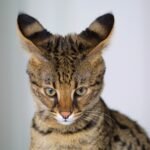Cats, with their beguiling variety of coat patterns and colors, have intrigued humans for centuries. From the majestic stripes of a tiger to the solid color of a domestic shorthair, the world of feline fur is as diverse as it is fascinating. But what exactly dictates these unique coat patterns? Delving into the genetic secrets behind a cat’s appearance can reveal a complex and fascinating picture.
The Basics of Cat Coat Genetics
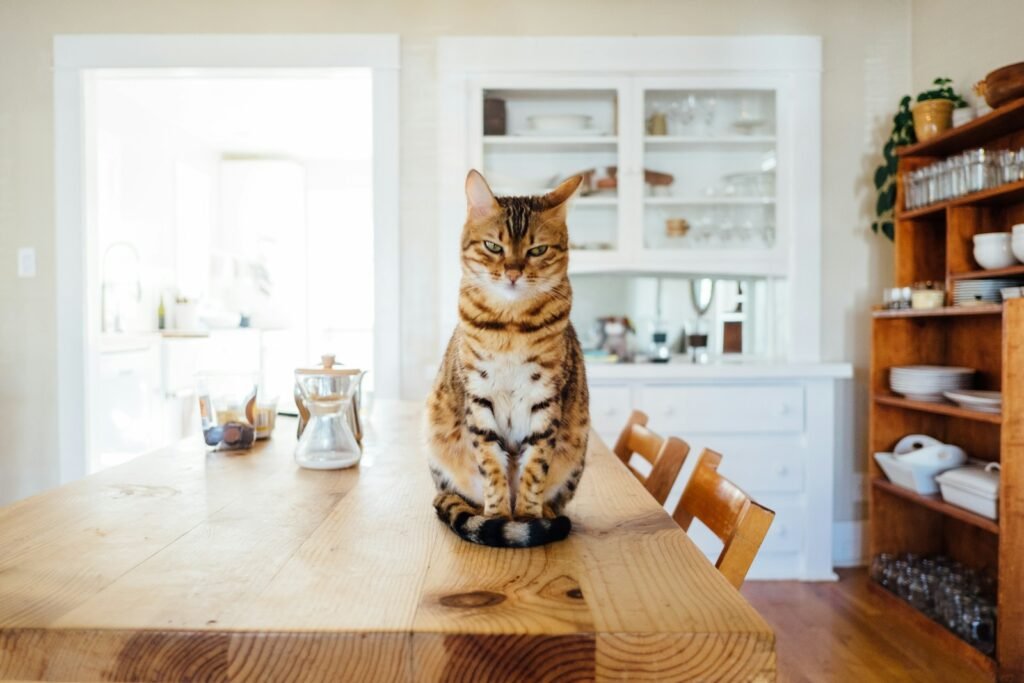
The genetics governing a cat’s coat involve multiple genes, each contributing to various aspects like color, pattern, and texture. Understanding these principles involves the fundamental concepts of alleles, dominant and recessive traits, and phenotypes—the observable characteristics.
The Role of Pigment in Fur Color
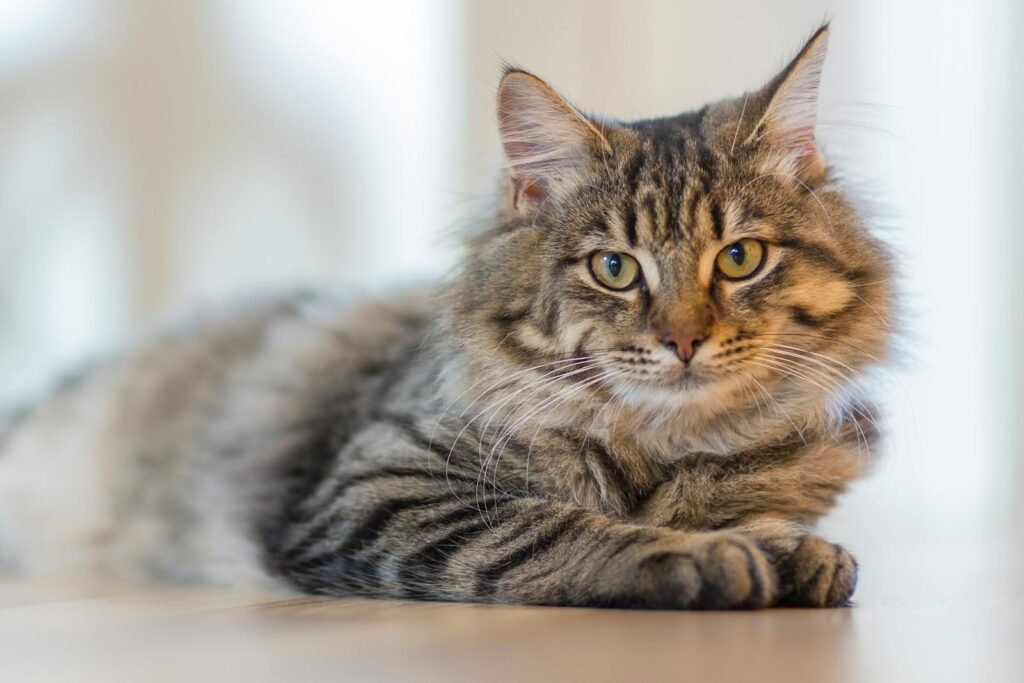
The two primary pigments responsible for cat color are eumelanin (black or brown) and pheomelanin (red or yellow). These pigments are controlled by a genetic switch that influences their presence or absence, ultimately affecting the cat’s coat color.
Tabby Patterns: The Wild Ancestry
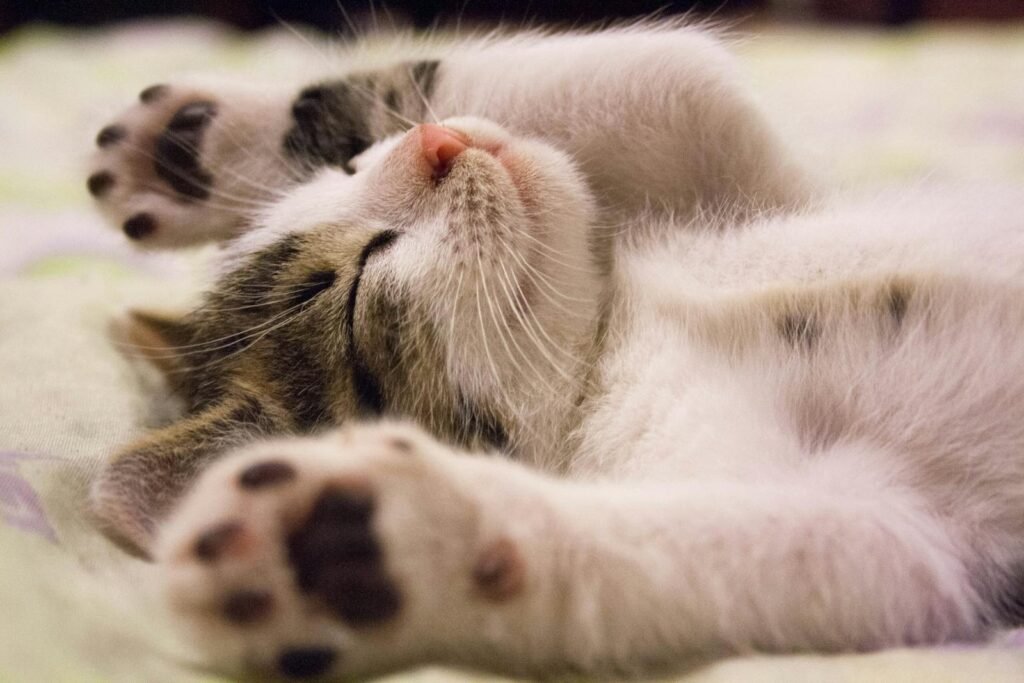
One of the most common patterns found in domestic cats is the tabby. This pattern, which includes M-shaped markings on the forehead, is not just an aesthetic feature but an evolutionary trait. It is believed to be inherited from wild feline ancestors, providing camouflage in natural habitats.
The Genetics of Solid Coats

Solid-colored cats, such as the sleek black or pure white, result from genes that suppress tabby patterns. A dominant allele in the agouti gene can inhibit the tabby pattern, creating a solid coat appearance.
Understanding the Color Point Patterns
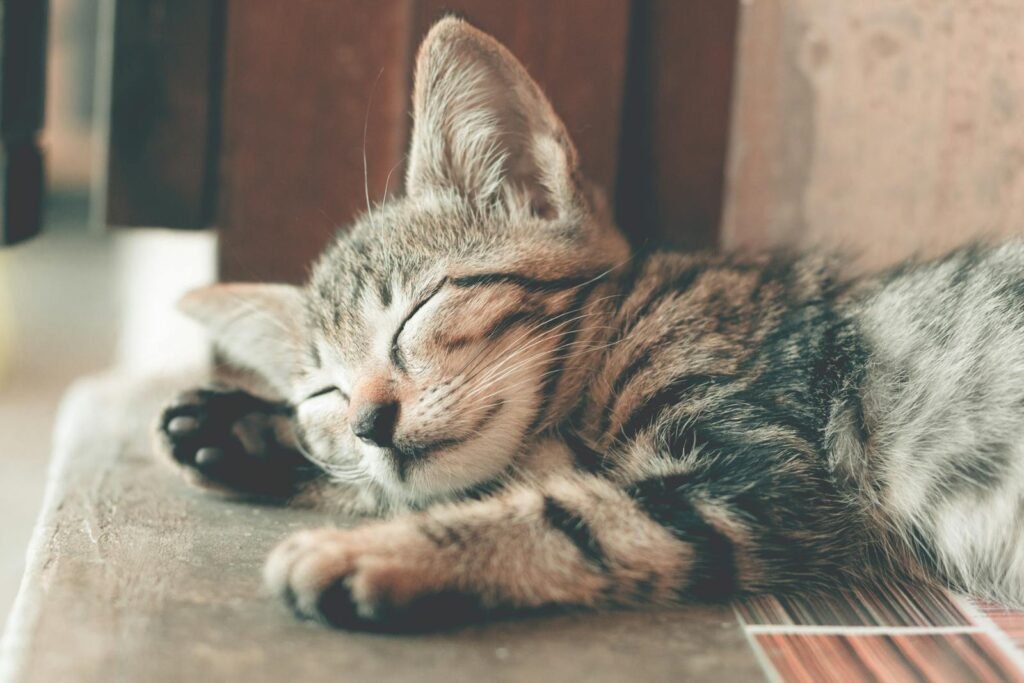
Color point cats, like the Siamese, are characterized by darker colors on the extremities such as ears, paws, and tail. This pattern arises due to temperature-sensitive genes that activate color pigments in cooler parts of the body.
White Cats and the W Gene

The pure white coat of some cats is a result of the dominant white gene (W), which masks all other colors and patterns. However, this gene can occasionally be linked with hearing issues, as it is associated with the cells involved in the auditory system.
Tortoiseshell and Calico: A Unique Chromosomal Trick
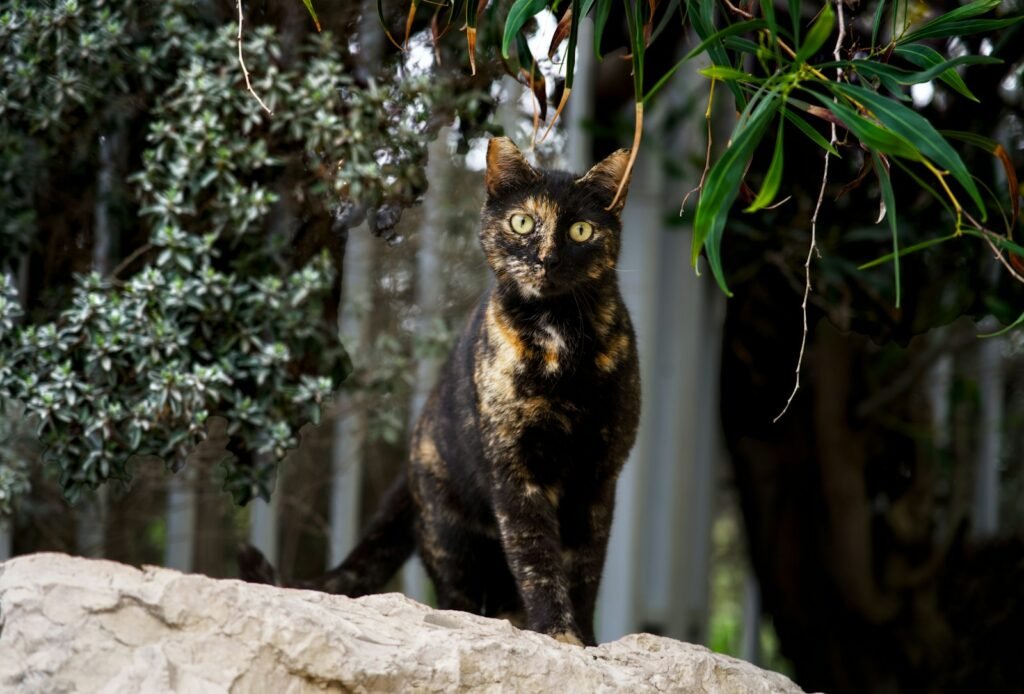
The stunning mix of colors in tortoiseshell and calico cats is typically seen in females due to the genetic process known as X-chromosome inactivation. This random process allows different patches of fur to express varying color genes located on the X chromosome.
The Influence of Breed on Coat Patterns
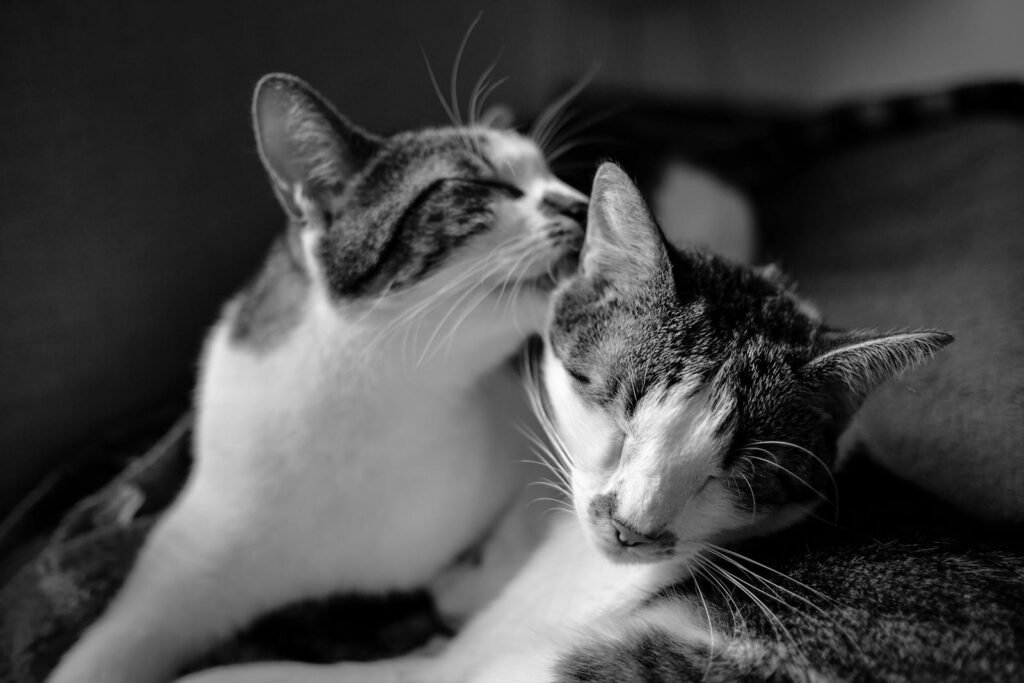
Different cat breeds exhibit distinct coat patterns and colors due to selective breeding. For instance, the Bengal cat is specifically bred for its leopard-like spotted coat, while the Persian might be bred for a solid color.
Exploring Genetic Mutations and Rare Patterns

Occasionally, genetic mutations can lead to rare and unusual coat patterns. Examples include the curled ears of the American Curl or the short legs of the Munchkin. These variations offer a glimpse into the unending diversity of feline genetics.
Conclusion: The Dance of Genetics and Environment
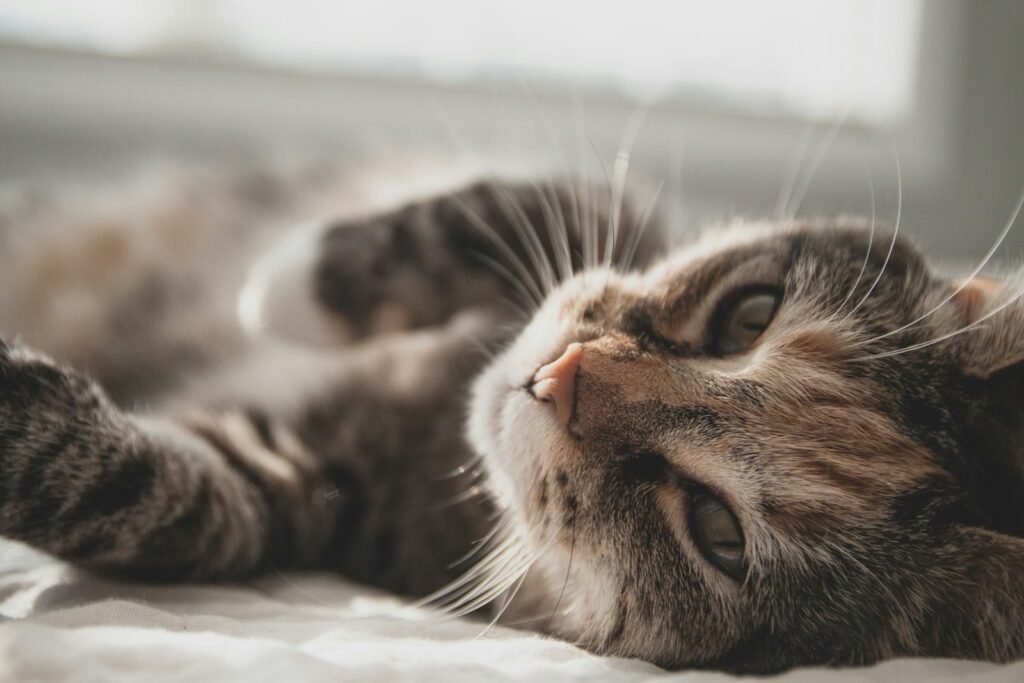
The unique coat patterns of cats are a wondrous result of both genetics and environmental factors. While genetic codes lay the fundamental blueprint for a cat’s appearance, external factors like temperature and selective breeding play critical roles in shaping the final outcome. Through understanding the genetic secrets behind these varied coat patterns, cat enthusiasts can better appreciate the intricate science that contributes to the beauty of our feline companions.

